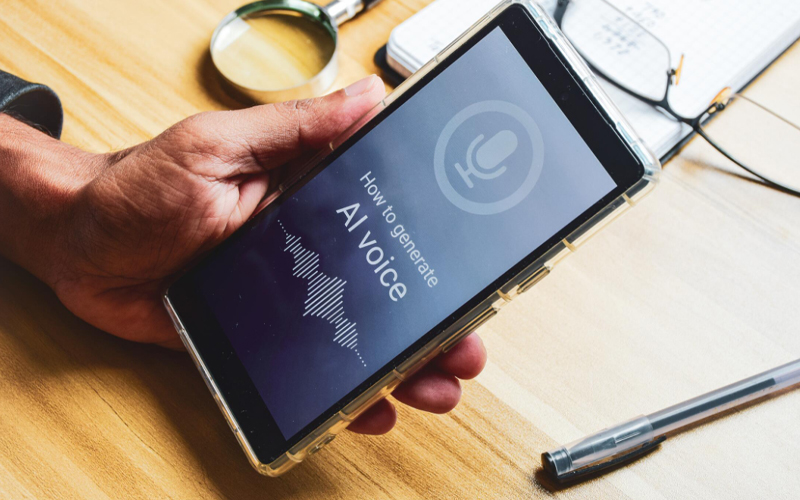Customer service has evolved from a cost centre to a strategic differentiator. As organisations face rising operational costs and increasing customer expectations, the choice between live chat and chatbots has become critical. Studies show that 67% of consumers have interacted with chatbots for customer support, but live chat has been shown to increase conversions by up to 20%.
The stakes are high for decision-makers balancing cost efficiency with service quality. When executed properly, the right customer service strategy can reduce operational expenses and maintain customer satisfaction scores
the operational reality of customer service costs
Traditional live chat operations face cost pressures that executives cannot ignore. Human agents require salaries, benefits, training, and ongoing management. Live chat services are limited by human capacity. Agents handle only a few conversations simultaneously, creating bottlenecks during peak periods.
Managing live chat requires infrastructure, quality control processes, and often 24/7 staffing. For growing organisations, scaling live chat means proportional increases in headcount and expenses.
Chatbots present a different cost structure. Once implemented, they operate with minimal ongoing expenses, handling thousands of simultaneous conversations without additional staffing. However, initial investment in development and integration can be substantial.
strategic advantages of automated customer service
Modern chatbots offer compelling operational benefits beyond simple cost reduction. These systems provide 24/7 availability without overtime costs, ensuring immediate responses regardless of time zones.
During peak periods, product launches, seasonal sales, or service disruptions, chatbots maintain consistent response times without emergency staffing costs. This predictable performance benefits organisations with fluctuating customer service demands.
Chatbots efficiently handle repeat queries, reducing the burden on agents. By reducing wait times and resolving standard issues instantly, they can enhance customer satisfaction even in routine interactions. Order status updates, product information, and frequently asked questions can be automated, freeing human agents for complex issues requiring more intelligent intervention.
when human interaction remains essential
Despite technological advances, certain interactions require human expertise and empathy. Complex problem-solving, sensitive complaints, and high-value customer relationships benefit from the nuanced attention that skilled agents bring to complex situations.
Live chat agents possess contextual understanding and emotional intelligence that chatbot technology cannot replicate. For industries such as financial services, healthcare, or luxury retail, where personal relationships and nuanced communication are paramount, human agents remain essential.
For example, in healthcare, patients often prefer discussing treatment concerns with a person, while in retail banking, customer retention improves with personalised interactions during complex financial decisions.
Successful organisations often adopt a hybrid approach, using chatbots for initial contact and escalation to human agents when necessary.
cost-benefit analysis considerations
A comprehensive chatbot vs live agent cost-benefit analysis reveals that chatbots typically offer lower operational costs per interaction, with organisations reporting savings of 25-40% in administrative expenses. Research indicates that chatbots can achieve up to 70% self-service rates, allowing human agents to focus on complex cases that drive higher customer satisfaction and retention.
However, total cost of ownership includes development, integration, maintenance, and continuous improvement. Live chat operations provide greater flexibility for handling unexpected situations and building customer relationships. The key is matching service approach to business requirements and customer expectations.
Smart organisations evaluate factors beyond immediate costs, including customer lifetime value, brand reputation, and competitive positioning. Leading organisations evaluate chatbot ROI using a mix of metrics including operational savings, agent deflection rate, and net cost per resolved query.
implementation best practices for optimal ROI
Effective automation begins with careful planning and phased deployment. Organisations should:
- Identify repeatable queries suitable for automation
- Integrate chatbot systems with CRM and support tools
- Monitor KPIs like resolution time and escalation rate
- Train agents to collaborate with bots on complex cases
By conducting thorough cost-benefit analyses and implementing thoughtful integration strategies, businesses can reduce operational costs whilst enhancing customer satisfaction. The organisations that master this balance will gain sustainable competitive advantages in an increasingly digital marketplace.
how can Infosys BPM help with intelligent customer service transformation?
Infosys BPM designs customer service frameworks that scale with business growth, incorporating advanced chatbot capabilities for routine interactions while preserving human touchpoints for complex customer needs. Our customer service outsourcing solutions include real-time analytics, performance monitoring, and continuous optimisation to ensure sustained ROI from customer service investments.








